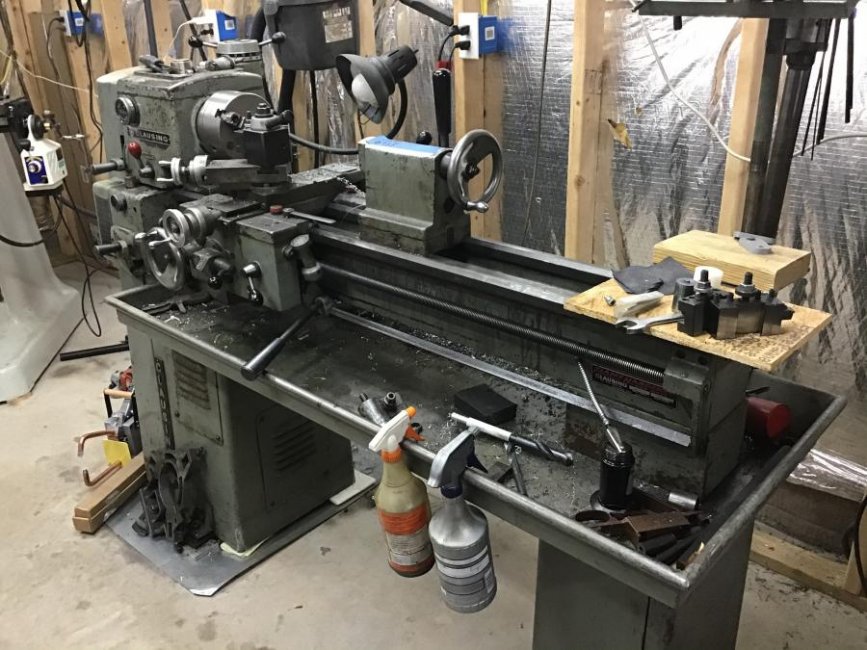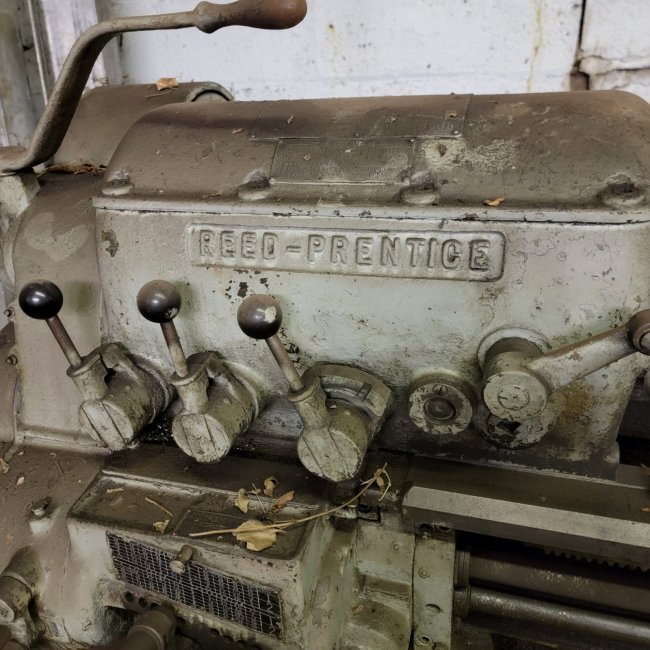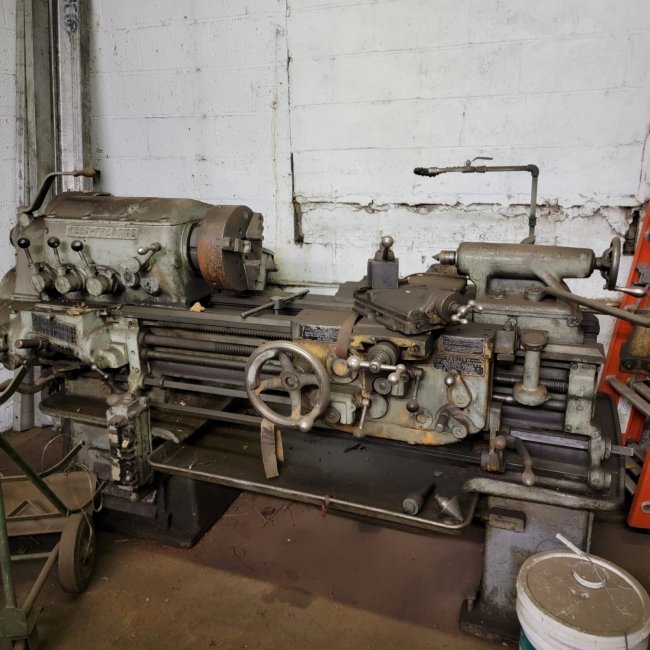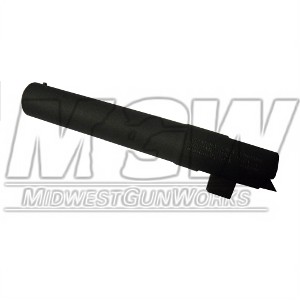GunBum
Active Member
I don't understand this comment. Could you explain what the width of the headstock has to do w/ anything?
You can’t hold one end of the barrel in a 4 jaw and the other end at the outboard end of your headstock in a spider if the headstock is wider than the barrel is long. The whole purpose of needing a big through hole on a lathe for gun smithing is so you can handle the barrel inside the through hole.



 Its a religious war like oil brand or glock vs 1911.
Its a religious war like oil brand or glock vs 1911.




